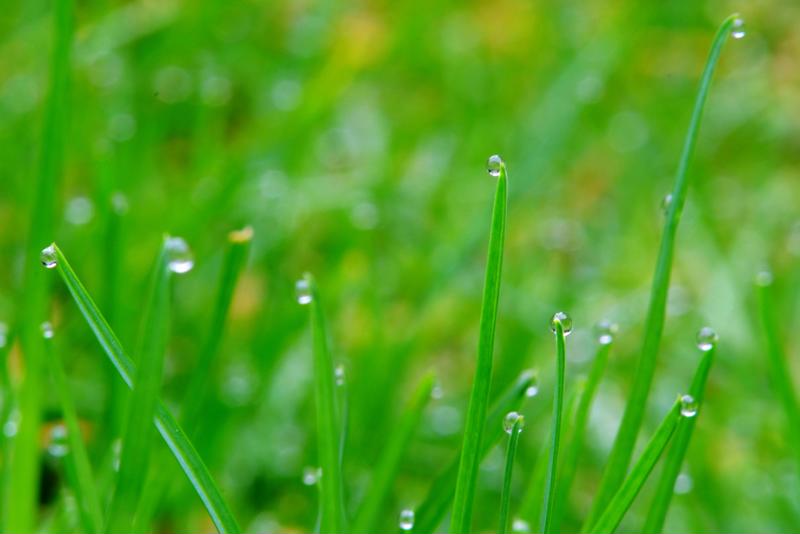Every homeowner has been through this at least once: After spending the long winter planning how you’re going to re-energize your lawn for the spring, you find that there are ugly brown patches all over your lawn just a few weeks into warmer weather. Try as you might to water, cut, fertilize or resod these blemishes, they just won’t go away.
Brown patches can be yard care do-it-yourselfers’ worst nightmares, but the first step in getting your lawn back into tip-top shape is figuring out how it got this way in the first place. It might be your fault and it might not, but the important thing is to remember that with a little lawn care expertise from Husqvarna and a liberal amount of elbow grease, you can rid your yard of brown patches entirely.
 Could you be harming your lawn so much it turns brown?
Could you be harming your lawn so much it turns brown?Poor care, bad lawn
Most of the time, your lawn is at the mercy of the elements – too much sun or too much rain can damage grass more than even professional landscapers could help. However, if you have brown patches in your yard, you might not be able to blame it on Mother Nature. In fact, it might just be on you.
The most common “human error” cause of brown patches is scalping, or cutting your grass too short. You might think that bringing your lawn down as close to the ground as possible makes for a better look, but you’re actually robbing the grass’s ability to grow. Like any other plant, grass collects sunlight and produces vital nutrients in cells along the length of each blade – snipping off too much at once essentially means that your grass can’t make food for itself. From here, it’s only a matter of time before it starts to die and brown.
How can you avoid scalping? Purchase a lawn mower with precision height controls like the self-propelled HU550F Walk Behind Mower. Equipped with nine different height settings, you can make sure you’re getting the perfect cut every time you take it out of the shed.
“The Rhizoctonia virus often forms circular patches with a darker ring around the perimeter.”
Fungi aren’t friends
If you’ve been keeping track of your cutting height and still have brown spots, you might be off the hook for blame. However, the alternative could be just as bad for your lawn.
The cause of your lawn’s blemishes might be a fungal infection called brown patch lawn disease, one of the most common and damaging conditions your lawn can contract. If you live in warm and moist climates that routinely reach 80 degrees Fahrenheit or if you water your lawn too often, you’re creating the perfect conditions for the Rhizoctonia fungus to grow on your property. It’s a quick-growing fungus that often forms circular patches with a darker ring around the perimeter.
The Rhizoctonia fungus thrives on nitrogen-rich fertilizers, so you should cut those out as soon as you see patches developing on your lawn. You should also try to avoid it when mowing or you might just spread the fungus to other parts of your yard, too.